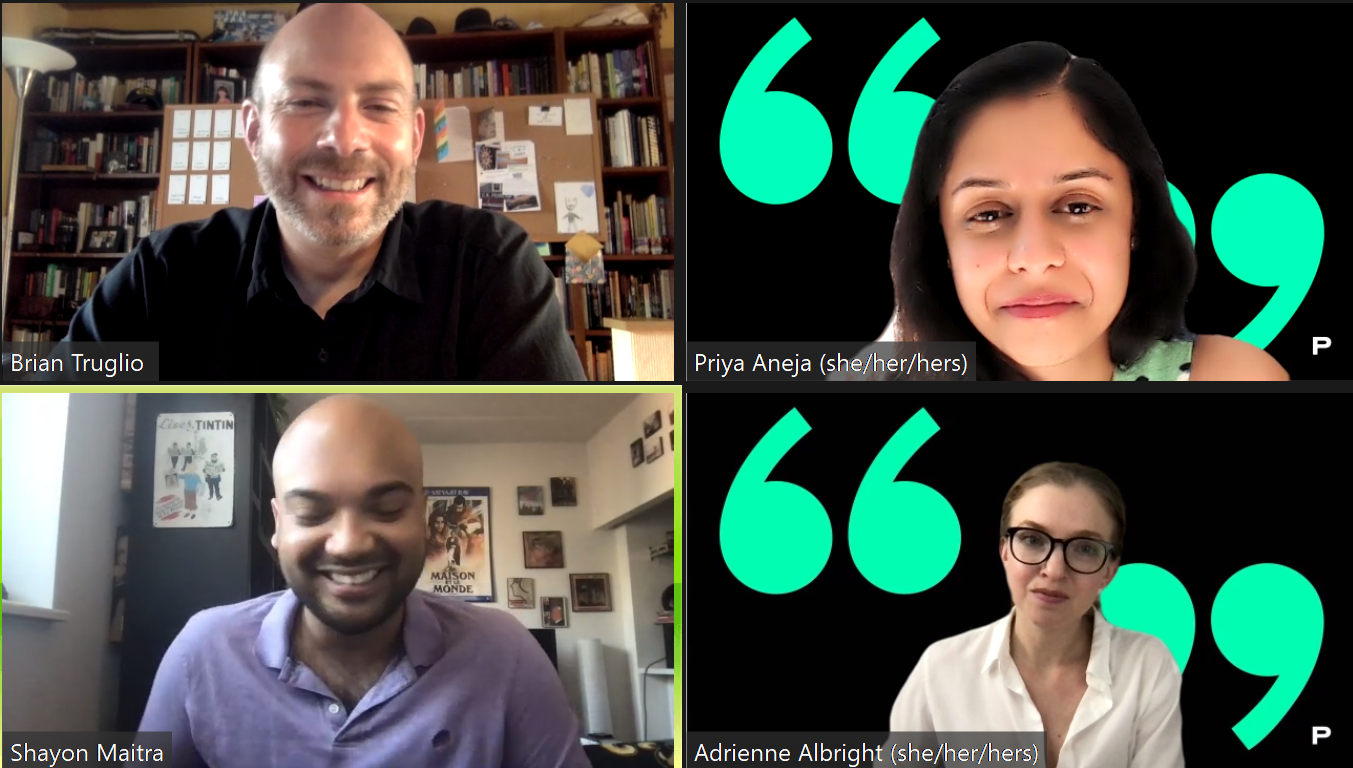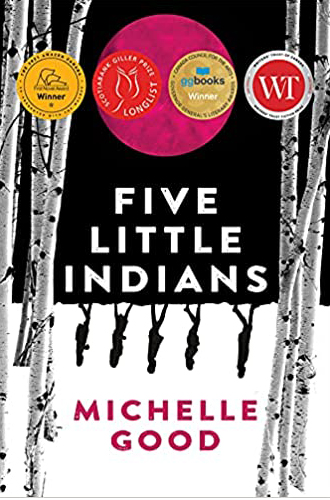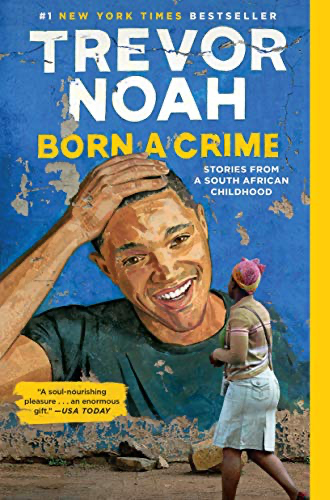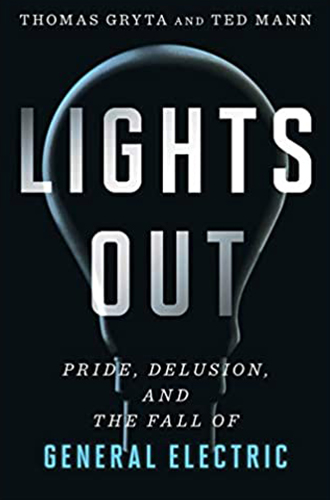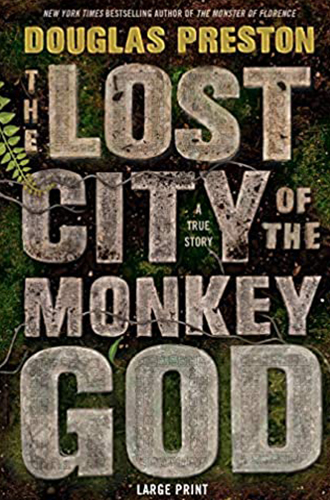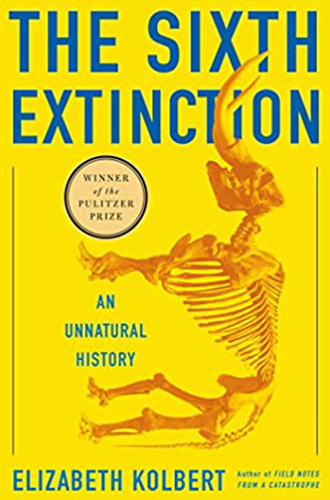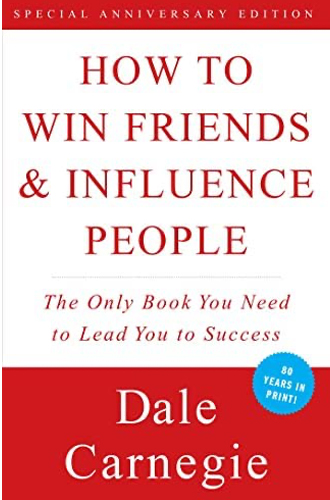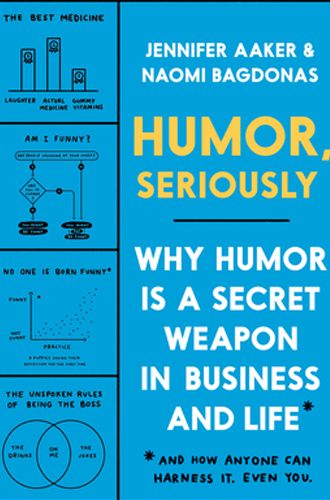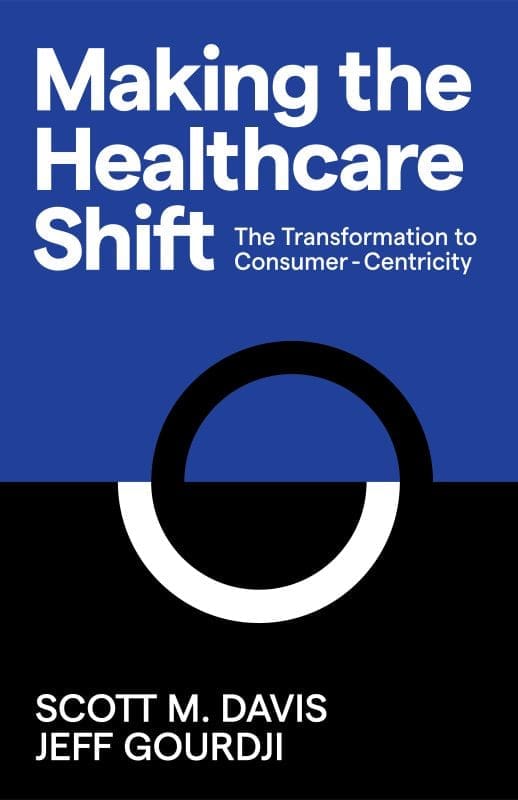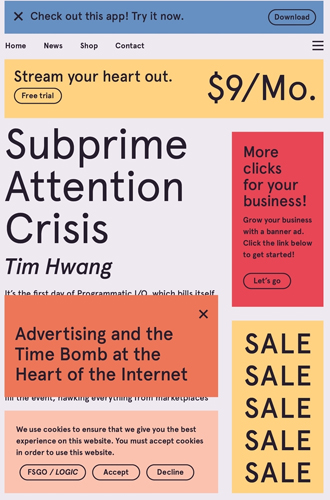BLOG
Three Ways to Personalize Customer Experience – Lessons From Successful Streaming Brands
With richer algorithms, find microaudiences. Then woo them with compelling content.
Although personalization has become a key way for brands to build meaningful connections with consumers across categories ranging from shampoo (Prose, Function of) to vitamins (Ritual, Care/of) to entertainment (Netflix, HBO Max), personalization has been ingrained in the DNA of streaming services like Spotify and YouTube since their inception. In the 2021 Prophet Brand Relevance Index ® (BRI), we identified a key difference between leaders and laggards in the music industry: how effective brands are at personalization.
Data from the BRI showed that customers feel more emotionally connected to the streaming brands that offer deep, personalized experiences. While customers enjoy Pandora’s personalized playlists, Spotify is the clear winner with 99% of users saying the brand connects with them emotionally. Spotify, which consumers ranked as the twelfth most relevant brand in this year’s study, creates its emotional connection with consumers through its rich personalization algorithm. It also ranks significantly higher than Pandora in terms of engagement in new and creative ways (with 90% of customers surveyed agreeing to this statement, versus Pandora’s 63%). Spotify continues to double down on this competitive advantage as it invests heavily in more personalized playlists, podcasts and more.
“Customers feel more emotionally connected to the streaming brands that offer deep, personalized experiences.”
Additionally, Spotify enjoys strong consumer perceptions by making its personalization capabilities clear through tongue-in-cheek ad campaigns, as well as a continued focus on strategic product innovations. In its latest “surprise and delight” personalization move, Spotify launched its “Only You” feature, which leverages listener data to show amusing trends in users’ listening habits. In contrast, Pandora hasn’t rolled out any major personalization updates since 2019. It’s no surprise then, that 88% of consumers believe Spotify “is always finding new ways to meet my needs” whereas only 24% of consumers felt the same way about Pandora.
How Can Brands Deliver More Personalized Experiences?
- To become relentlessly relevant, you need know your audience. Create audience archetypes that go deep into what your customer loves and is inspired by, not just their age and geography. Find out what your customers are doing on your platform as well as off-platform. Why is your customer using streaming services? Why do they skip certain songs? You can’t get to the beauty of personalization until you know who your customers are, and just as importantly, who you haven’t acquired as a customer yet.
- Create content specifically for those micro-audiences. As there’s more competition for consumer attention, from video games to podcasts, content needs to be laser-focused on the needs of the customer. In working with leading streaming companies, Prophet has helped identify micro-audiences and the type of content that will appeal most to them to create lasting brand loyalty.
- Create richer algorithms that suggest more content in line with what customers want. Even a leader in streaming like Spotify is losing customers’ attention because of newer players like TikTok, and its widely recognized algorithm. As more people discover music off-platform, Spotify will need to continue to innovate to garner consumer interest in an environment of increased competition.
With 89% of those surveyed saying they ‘can’t live without it’, Spotify continues to stand out in an increasingly competitive space by doubling down on its personalization assets, serving as a strong example for any entertainment brand looking to find new customers in 2021 and beyond.
FINAL THOUGHTS
Streaming services that view personalization as a benefit and not a requirement will fall behind industry players that consider it a priority. Personalization helps brands attract and retain customers by offering innovative ways to surprise and delight them. Brands that have stellar personalization tactics are more likely to attract customers and become more relentlessly relevant.
Prophet is working with leading streaming companies across the industry on brand strategy, growth strategy and performance marketing. Interested in finding out more? Contact us today.






